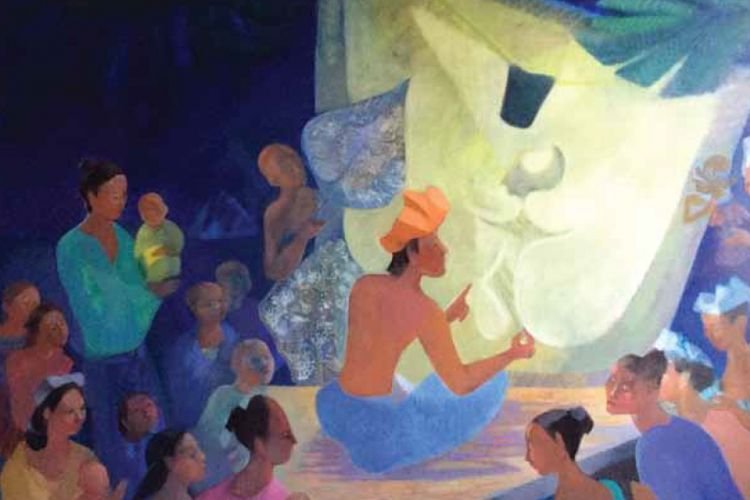The French Institute in Indonesia (IFI) in collaboration with the National Gallery of Indonesia held an exhibition of paintings and drawings entitled "Geneviève Couteau: The Orient and Beyond" from January 25 to February 14 at Galeri Nasional Indonesia, Jakarta.

According to Jean Couteau, the author and columnist who initiated the event, the exhibition became a means of introducing the work of modern female artist Geneviève Couteau, who came to Asia in the late 1960s at the same time ignited a discussion on the construction of Asian art history, especially Bali.
Jean Couteau said, "This exhibition proves the existence of other artists outside the iconic artists of the 30s and 50s such as Walter Spies, Rudolf Bonnet, Le Mayeur and Blanco. Geneviève Couteau has produced a work that is not less interesting, even with a more universalist and more feminine approach than the pre-World War II maestros. "
Magical Realism Geneviève Couteau
Geneviève Couteau (1925-2013) grew up amid a resilient family of stock traders. Ahead of World War II, with his family he fled to the city of Nantes where he went to school until married to Joseph Couteau (1916-2004), a veterinarian from the town of Clisson. The couple then has three children; Edmée, Jean and Pierre.
The best graduate of Beaux-Arts Nantes (1951), Geneviève Couteau appeared as a leading painter in Paris and was awarded the prestigious Prix Lafont Noir et Blanc in 1952. He also wrote the book "Mémoire du Laos" (Seghers, 1987) to Laos at the invitation of Prince Souphanna Phouma and a collection of short stories "Mykonos, Chronique d'une Ile" (Maisonneuve et Larose, 2002).
He then visited Balidan for some time. His work features a typical view of a woman who, when faced with "the other," with empathy emphasizes her identity.
Geneviève Couteau died on December 17, 2013 leaving many works and traces of aesthetic hunting.
Thansk,
@ekamaulina